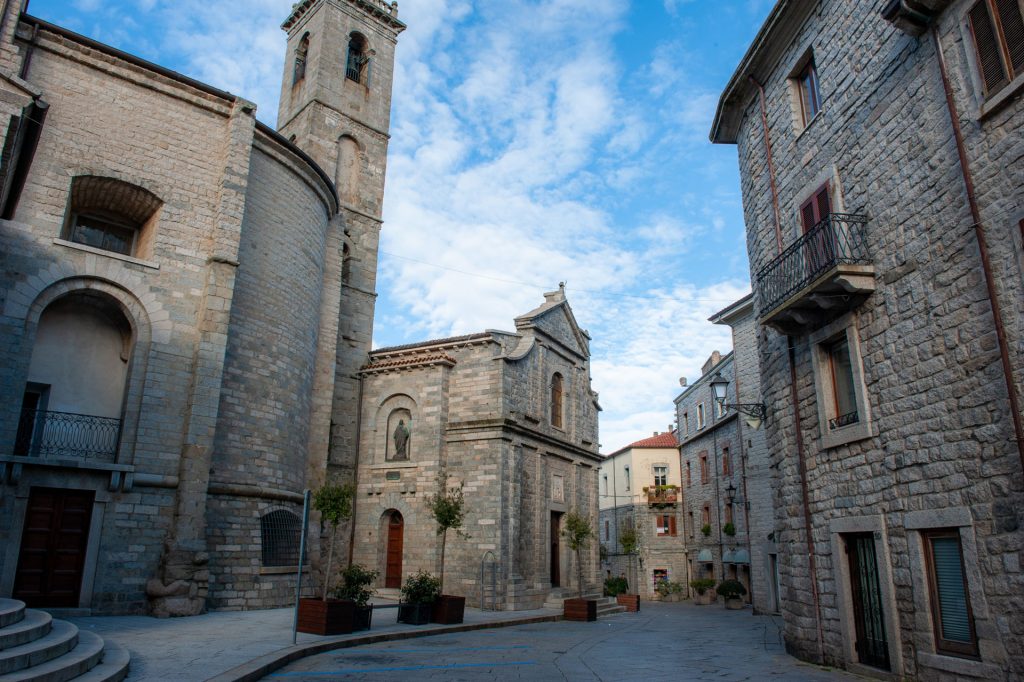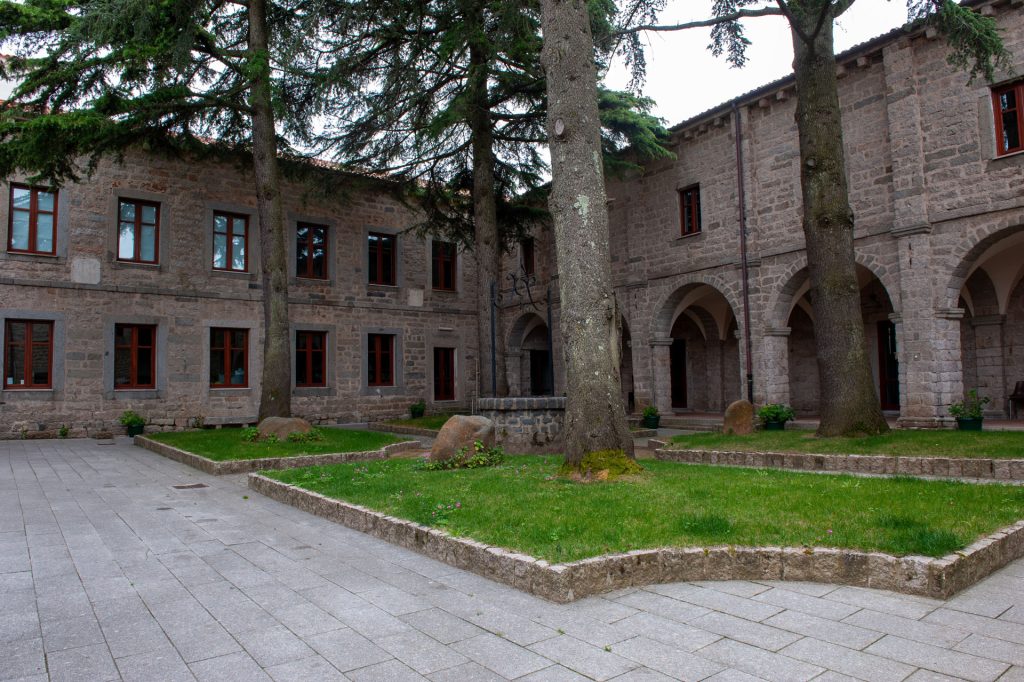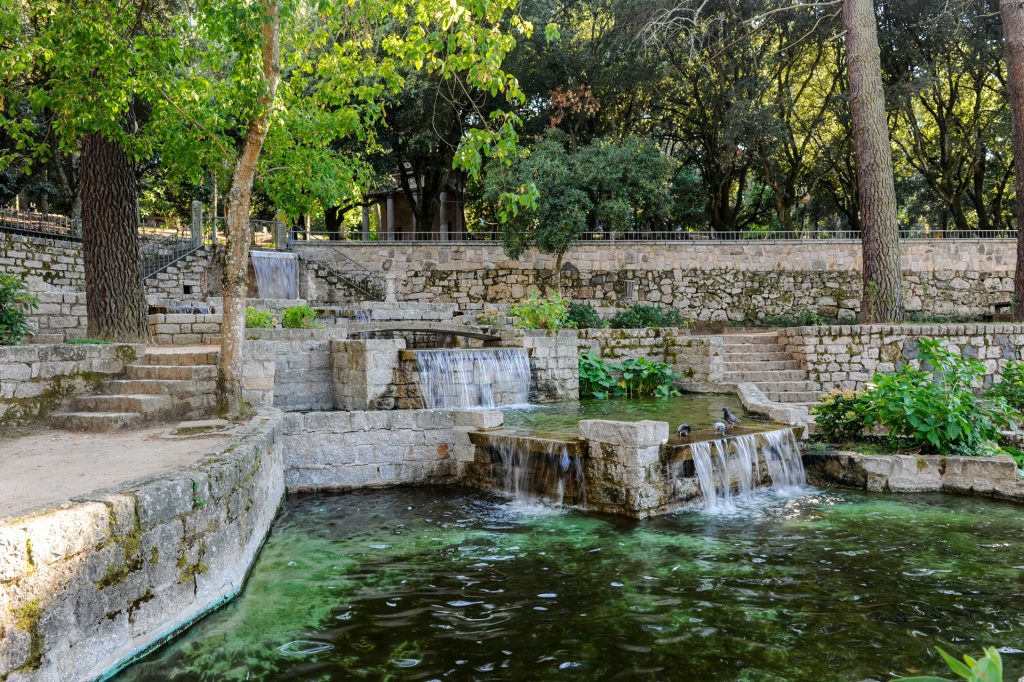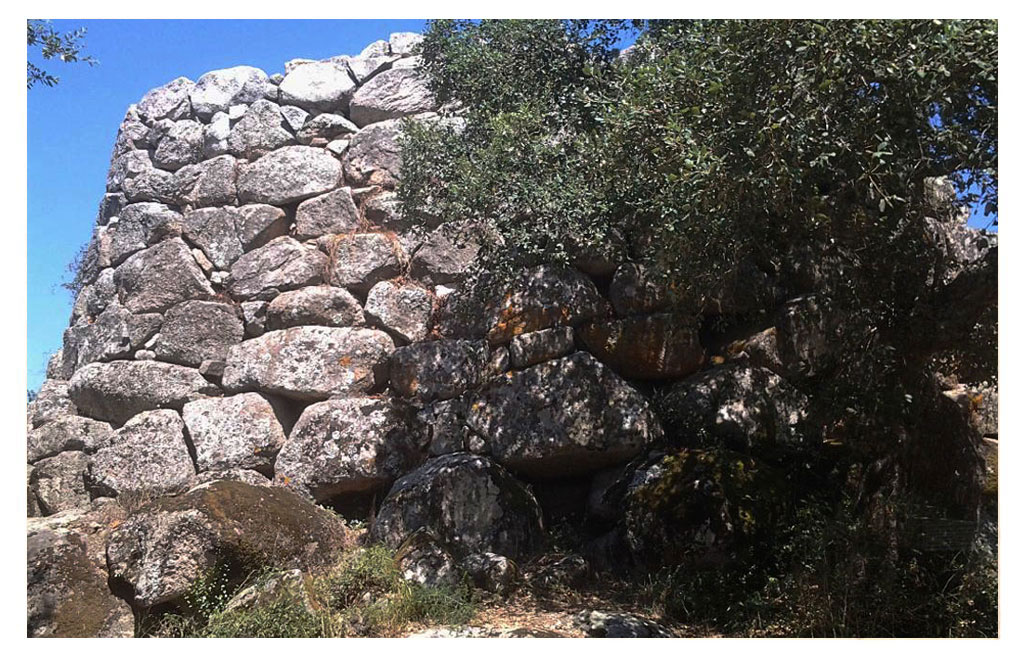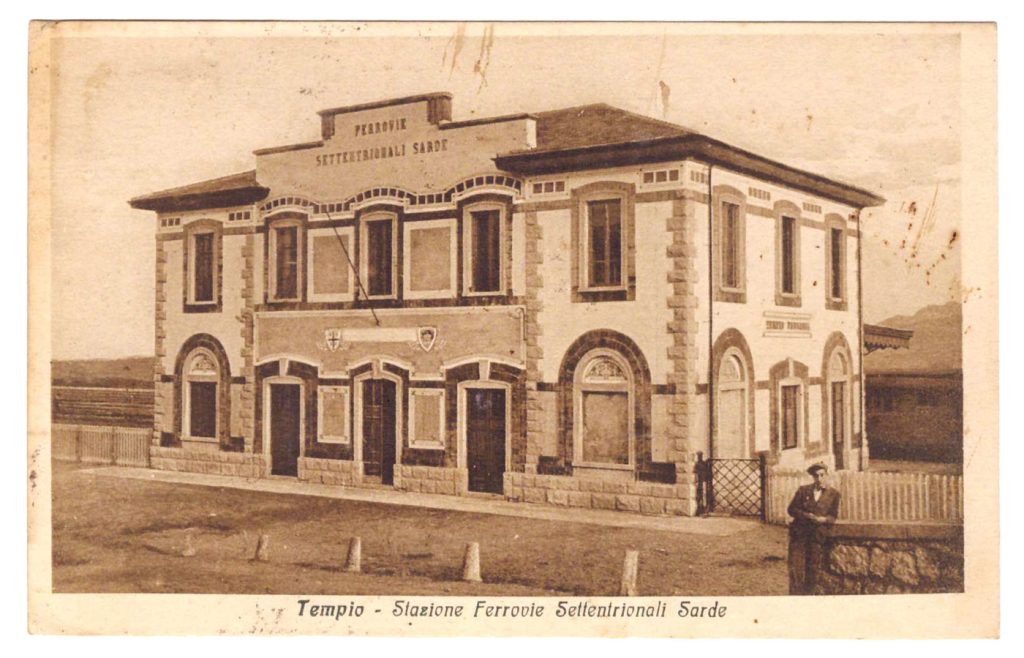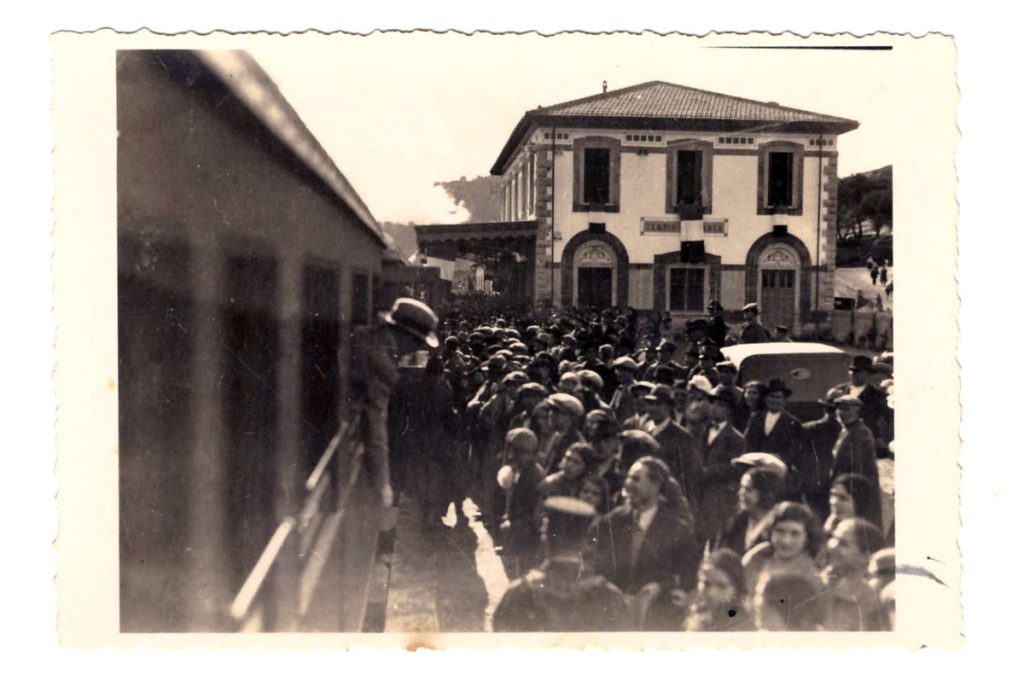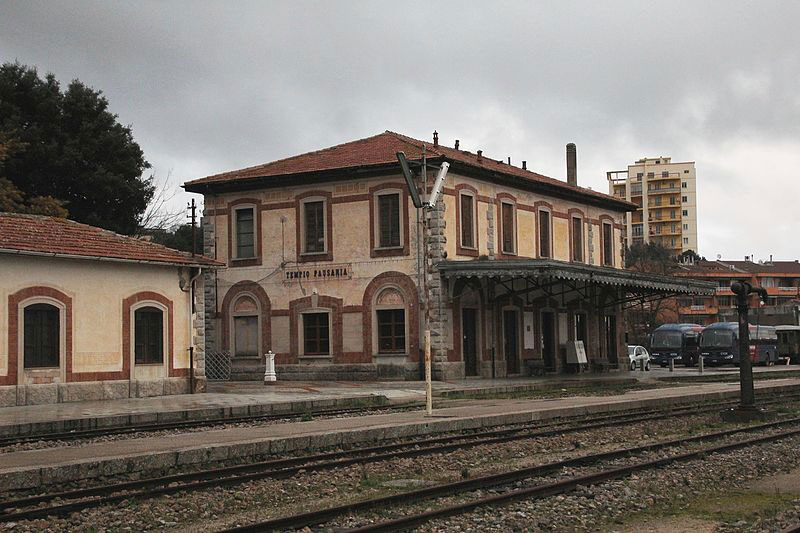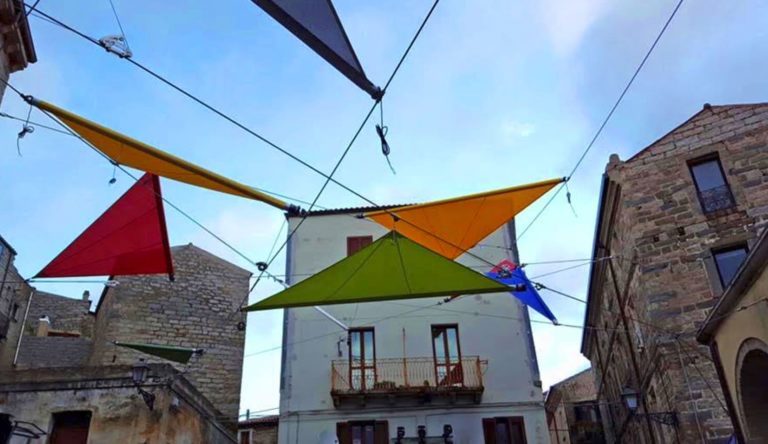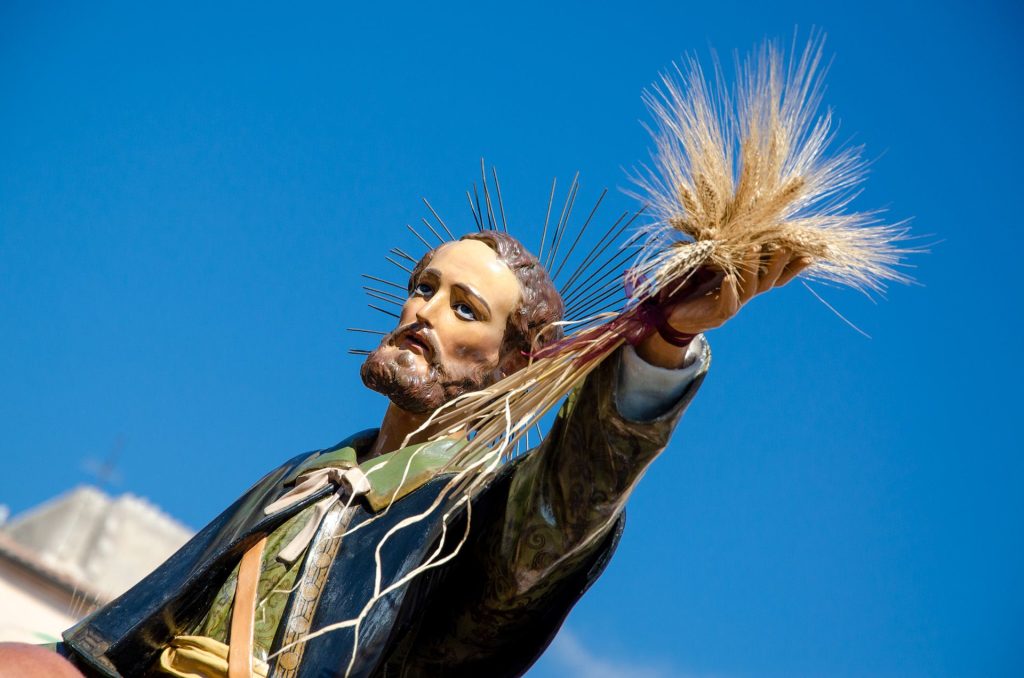Tempio Pausania. The City of Stone.
Historic capital of Gallura, the city with about 14 thousand inhabitants, is a destination for tourists and travelers who from the first glance can admire streets and buildings in gray granite. Proud of its ancient history, it has its heart in Piazza Gallura, where the Town Hall was built in exposed granite, from which you can reach the Cathedral of San Pietro, on the square of the same name, the church of Santa Croce and the Oratory of the Rosary.
Not far from Piazza Gallura, we find Via Nino Di Gallura embellished by a building of 1200 considered the residence of the judge Nino Visconti, mentioned by Dante in the Divine Comedy. Among the other churches to visit, San Francesco on the ring road of the same name, Sant’Antonio in Piazza Brigata Sassari, in front of the latter is the Villamarina Pes palace used as the seat of the province and the Church of Purgatory dating back to 1678.
In the Piazza del Carmine with its homonymous theater of 1929, restored and reopened in 2001, you can visit the former convent of the Piarist Fathers with its beautiful portico and now home to a library. The historic center of Tempio Pausania has exposed granite buildings dating back to 1700/1800 enriched with balconies with wrought iron railings, buildings with architectural characteristics similar to those of nearby Corsica.
Passing through the narrow paths paved in granite, you can admire the square of the Old Market, now named after Fabrizio De Andrè and decorated by a project by the architect Renzo Piano in which the tourist office of Tempio Pausania is located. Corso Matteotti crosses the city, going as far as Piazza Italia with shops, accommodation facilities
and sumptuous palaces that belonged to the notables of the place, until it reaches the Fonte Nuova, with a long tree-lined avenue, which has always been the destination of citizens’ walks. Going higher, on the outskirts surrounded by a beautiful centenary park, you can visit the sources of Rinaggiu, with its fresh waters with known diuretic properties.
Walking through the City of Stone, delving into history, there are several places of interest, often dedicated to illustrious personalities including the tenors Bernardo De Muro and Giovanni Manurita, the composer scholar of Sardinian music Gavino Gabriel, the home of the politician Nino Visconti judge in the second half of the 13th century.
The train station enriches the heritage of Tempio Pausania. A building from the early 1930s whose interiors were expertly painted by the most famous Sardinian painter, Giuseppe Biasi from Sassari, who mainly wanted to represent scenes of rural life and daily life.
Another unmissable destination is the Nuraghe Majori, in a natural setting just a few minutes from Tempio Pausania along the ss 133 to Palau. Surrounded by an oak forest, the undisputed symbol of Sardinian history, it has a mixed construction between the “corridor” and the “tholos” structure, located in a strategic control point of the territory. The site is managed by a cooperative and can be visited both freely and with guided tours in various languages.
The city of Tempio Pausania, in addition to the complex of religious rites and festivals linked to the Patron Saints, boasts one of the most important Carnivals on the island, in sixth place among the most beautiful in Italy.
Since ancient times, the Carnival in Gallura was eagerly awaited by everyone. Even the shepherds covered by carved wooden masks went to the farms areas to show off and amuse the kids but not only. In a more modern key, the Carnival celebrations last 6 days, starting from Shrove Thursday until the following Tuesday in a contagious atmosphere of parties, dances and parades of allegorical floats with hundreds of figures, all followed by a crowd coming from every part of the island and beyond.
Given its geographical position and favorable climate, Tempio and Gallura have always distinguished themselves for the production of high quality wines. The vineyards, lying on hilly terrain, give a noble reputation to the main vines such as Vermentino and Moscato, making Gallura wines appreciated throughout Italy, thanks to the skilful and passionate work of the Gallura Winery.

